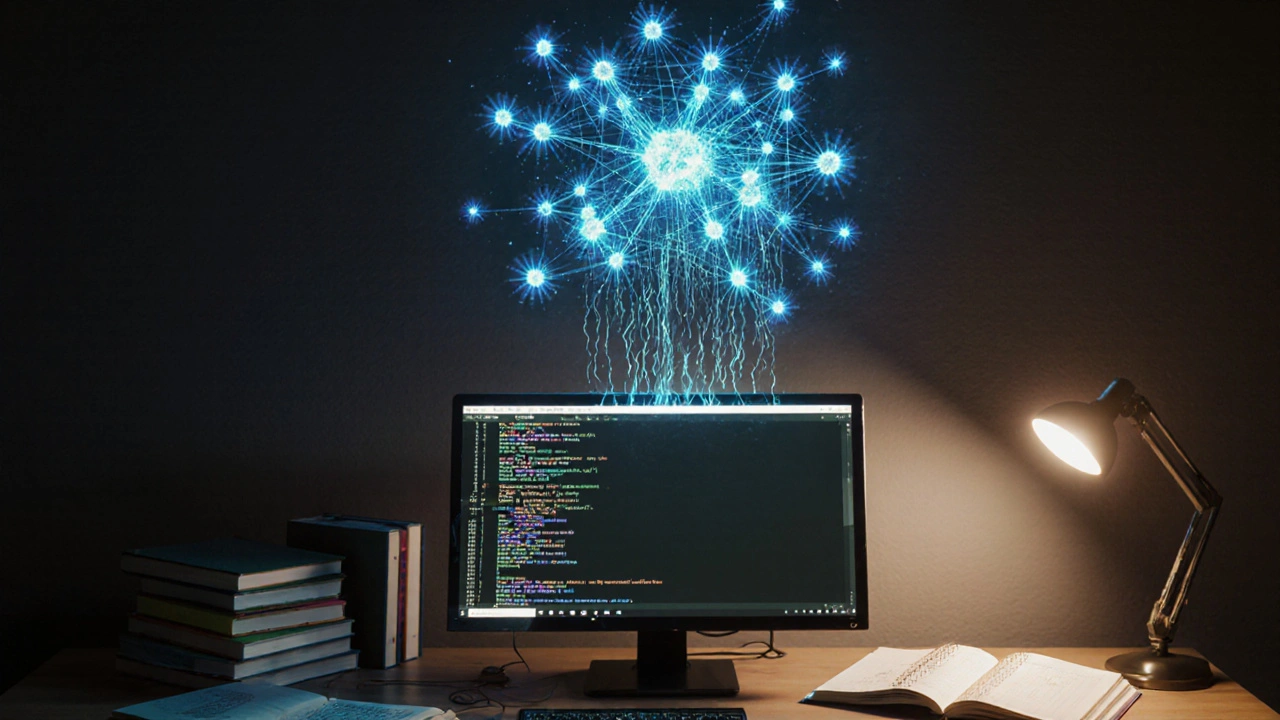Python for AI: The Language Powering Modern Machine Learning
When you hear Python for AI, a dominant programming language used to build artificial intelligence systems, especially in machine learning and deep learning. Also known as Python AI, it’s the go-to tool for everything from chatbots to self-driving car algorithms. It’s not magic—it’s simple, flexible, and backed by a massive ecosystem of libraries built just for AI.
Why does Python, a high-level, readable programming language designed for ease of use and rapid development dominate AI? Because it lets you focus on solving problems, not wrestling with syntax. Tools like TensorFlow, an open-source framework developed by Google for training and deploying machine learning models and PyTorch, a flexible deep learning library favored by researchers for its dynamic computation graphs run on Python. You don’t need a PhD to use them—just a clear goal and the right tutorials. Real teams at Google, Meta, and startups use these same tools to build models that predict customer behavior, detect fraud, or even write code.
What makes Python for AI different from other languages? Speed isn’t the point. It’s about access. With just a few lines, you can load data, train a model, and test predictions. Want to classify images? Use Keras. Analyze text? Try spaCy. Automate tasks with scikit-learn. These aren’t theoretical—they’re used daily by engineers who ship AI features to millions. And if you’re starting out, Python’s clean structure means you can learn by doing, not by memorizing rules.
AI isn’t just about models. It’s about pipelines. Data cleaning, model tuning, deployment, monitoring—all of it happens in Python. That’s why companies don’t just hire AI researchers—they hire Python developers who understand AI. The gap between learning and doing is smaller here than in any other language. You can go from writing your first loop to deploying a model in under a week if you know where to look.
There’s no single path to mastering Python for AI. Some start with data analysis. Others jump into neural networks. But every path leads to the same place: building something that learns. The posts below cover exactly that—how to write better Python for AI, which tools actually work in 2025, what pitfalls to avoid, and how to turn theory into real results. Whether you’re building your first classifier or scaling an AI feature across teams, you’ll find practical, no-fluff advice here.

- Nov 18, 2025
- Alaric Stroud
- 0 Comments
The Power and Potential of Coding for AI
Coding for AI lets machines learn from data instead of following rigid rules. Learn how Python, machine learning, and real datasets make AI accessible - no degree required.

- Oct 28, 2025
- Mark Cooper
- 0 Comments
Python for AI: Why It’s the Top Choice for Building Intelligent Systems
Python dominates AI development because of its simple syntax, powerful libraries, and massive community. Learn why it's the top choice for machine learning, deep learning, and real-world AI projects.
